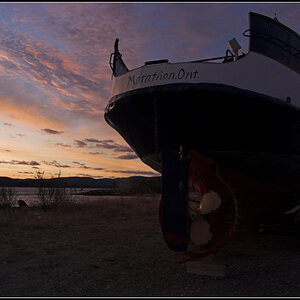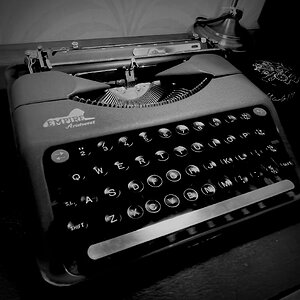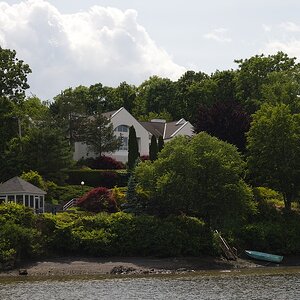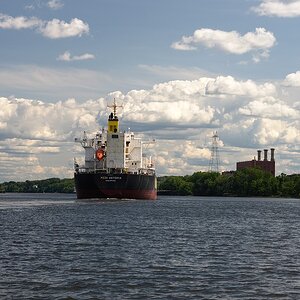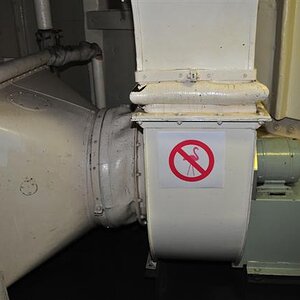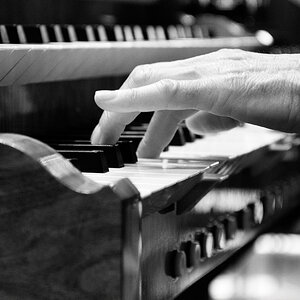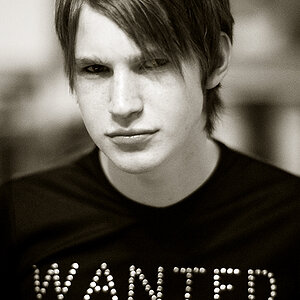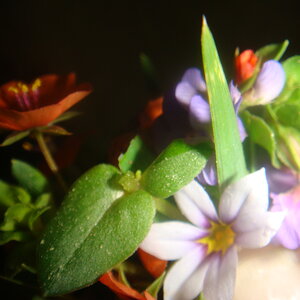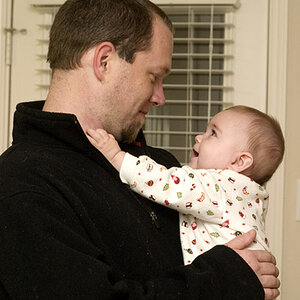BCordeiroPhotography
TPF Noob!
- Joined
- Nov 5, 2012
- Messages
- 219
- Reaction score
- 17
- Location
- Providence
- Can others edit my Photos
- Photos NOT OK to edit
can someone please help me out here should i be auto focusing or manual focus in engagement session weddings etc or should i auto focus. please let me know thank you all.


![[No title]](/data/xfmg/thumbnail/32/32926-ec27ecead8c80d803404500d8f888dbf.jpg?1619735754)
